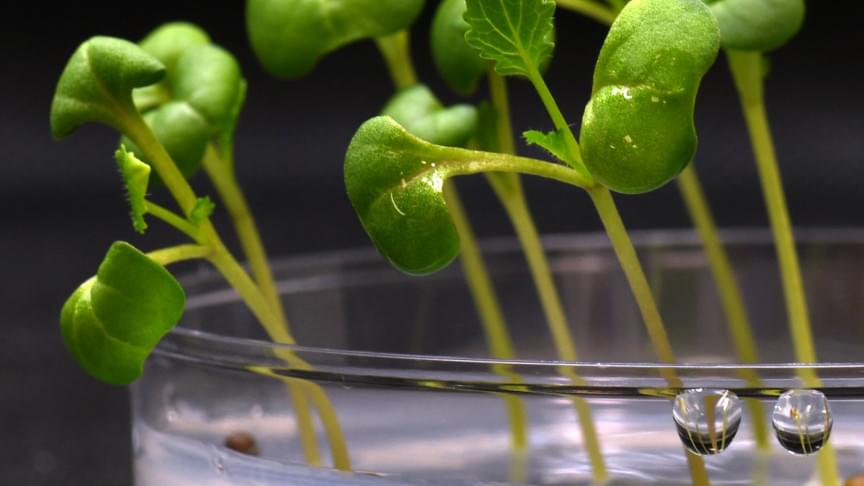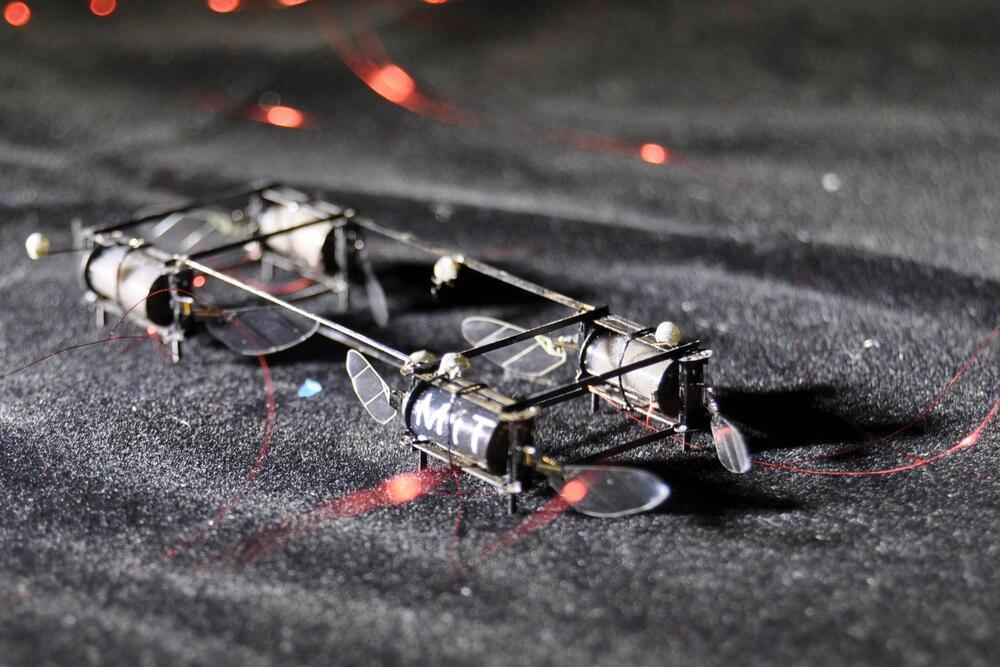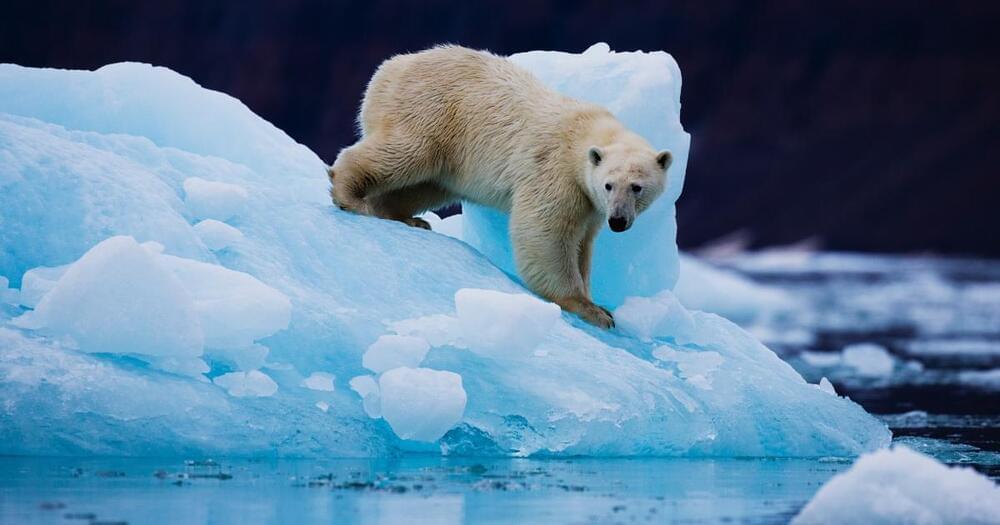Jun 26, 2022
Loki Unveils a Spacious New Feature-Packed Camper Shell for the Tesla Cybertruck
Posted by Omuterema Akhahenda in categories: climatology, sustainability
Loki has just announced a new version of its Basecamp adventure pod—or camper shell, if you’re old fashioned—for the EV maker’s much-anticipated electric pickup. Although we’ll have to wait until the Cybertruck’s arrival to see it in action, the high-end accessory looks like it could turn the EV into the ultimate go-anywhere vehicle.
The $135,000 camper shell includes solar panels and a climate control system.

















